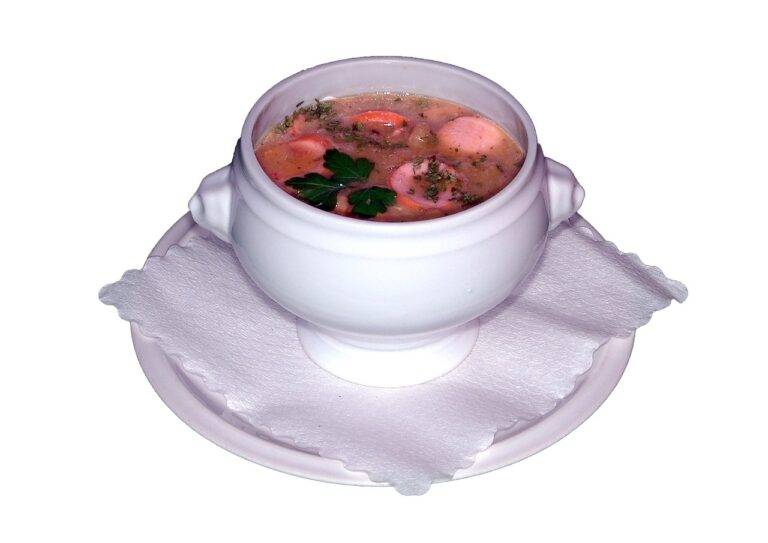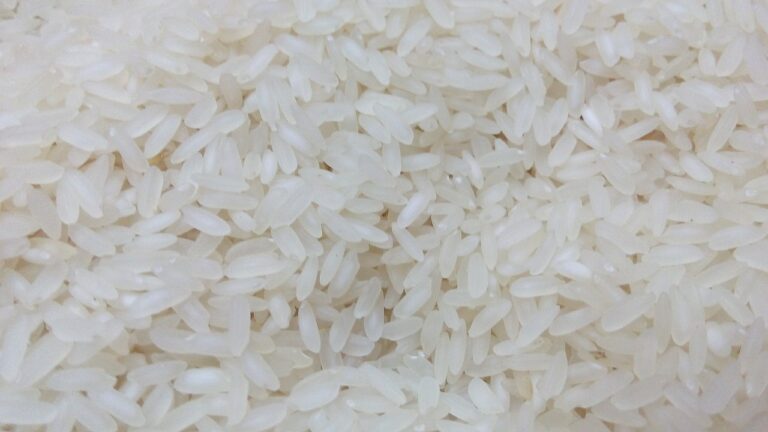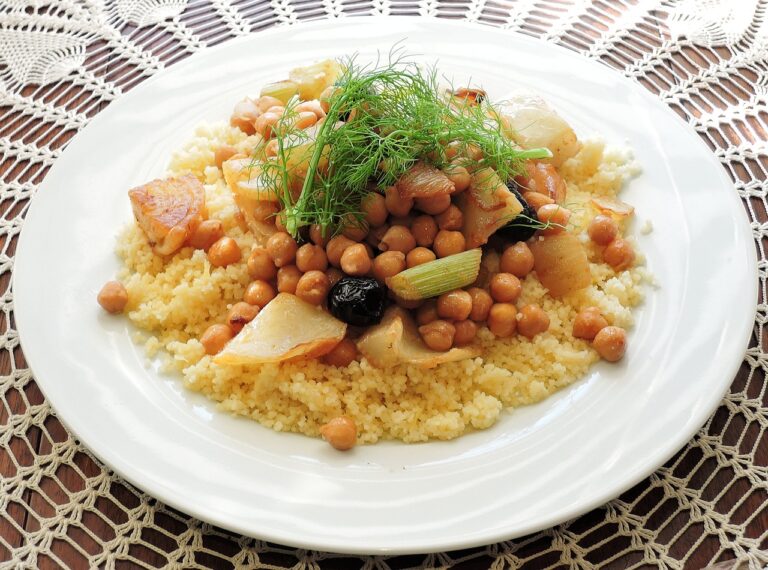The Intersection of Food and Culture: Exploring Culinary Traditions Around the World
Italian culinary traditions are deeply rooted in the country’s rich history and diverse regional influences. From the hearty pastas of the south to the delicate seafood dishes of the coast, each region boasts its own unique flavors and techniques that have been passed down through generations. Ingredients such as olive oil, tomatoes, garlic, and fresh herbs play a central role in Italian cuisine, providing a foundation for countless classic dishes that have become beloved around the world.
One of the defining features of Italian cooking is the emphasis on simplicity and quality ingredients. Italians believe in letting the natural flavors of fresh, seasonal produce shine through in their dishes, highlighting the beauty of each ingredient. This approach is evident in iconic dishes like spaghetti alle vongole, where the sweetness of clams is complemented by the freshness of parsley and the depth of garlic, resulting in a dish that is both elegant and satisfying.
The Influence of History on Japanese Cuisine
When examining Japanese cuisine, it becomes evident that history plays a pivotal role in shaping the intricate flavors and techniques that define this culinary tradition. The roots of Japanese cuisine can be traced back centuries, with influences from China, Korea, and the arrival of Buddhism impacting the kind of dishes that are prepared today. These early interactions set the foundation for what would evolve into a unique and diverse culinary landscape in Japan.
The feudal period in Japan also left a profound impact on the development of Japanese cuisine. During this era, strict regulations and social hierarchies dictated what ingredients could be consumed by different classes of society. As a result, certain cooking styles and ingredients became associated with specific social ranks, contributing to the complex and layered history of Japanese culinary traditions.
• Japanese cuisine has been influenced by China, Korea, and Buddhism
• Early interactions set the foundation for a unique culinary landscape in Japan
• Feudal period in Japan impacted the development of Japanese cuisine
• Social hierarchies dictated what ingredients could be consumed by different classes
• Certain cooking styles and ingredients became associated with specific social ranks
Traditional Spices and Flavors in Indian Cooking
India is known for its rich and diverse culinary traditions that span centuries, incorporating a wide range of spices and flavors that contribute to the unique taste of Indian cuisine. The use of aromatic spices like cumin, coriander, turmeric, and garam masala are fundamental in creating vibrant and flavorful dishes that are loved worldwide.
Each region in India has its own distinctive spice blends and cooking techniques, resulting in a varied and colorful culinary landscape. From the fiery curries of the south to the fragrant biryanis of the north, Indian cuisine offers a gastronomic journey filled with bold and complex flavors that are a true reflection of the country’s rich cultural heritage.
What are some of the most commonly used spices in Indian cooking?
Some of the most commonly used spices in Indian cooking include cumin, coriander, turmeric, cardamom, cloves, and cinnamon.
How do traditional spices enhance the flavors of Indian dishes?
Traditional spices in Indian cooking are known for adding depth, complexity, and richness to dishes, creating a unique and vibrant flavor profile.
Are there any health benefits associated with the use of traditional spices in Indian cooking?
Yes, many traditional Indian spices are known for their medicinal properties and health benefits, such as anti-inflammatory and antioxidant properties.
Can I substitute traditional Indian spices with other spices in my cooking?
While some substitutions may be possible, it is recommended to use traditional Indian spices for authentic flavor profiles in Indian dishes.
How can I incorporate traditional Indian spices into my cooking if I am not familiar with them?
You can start by experimenting with small amounts of traditional Indian spices in your dishes and gradually increase the quantity as you become more comfortable with their flavors.







